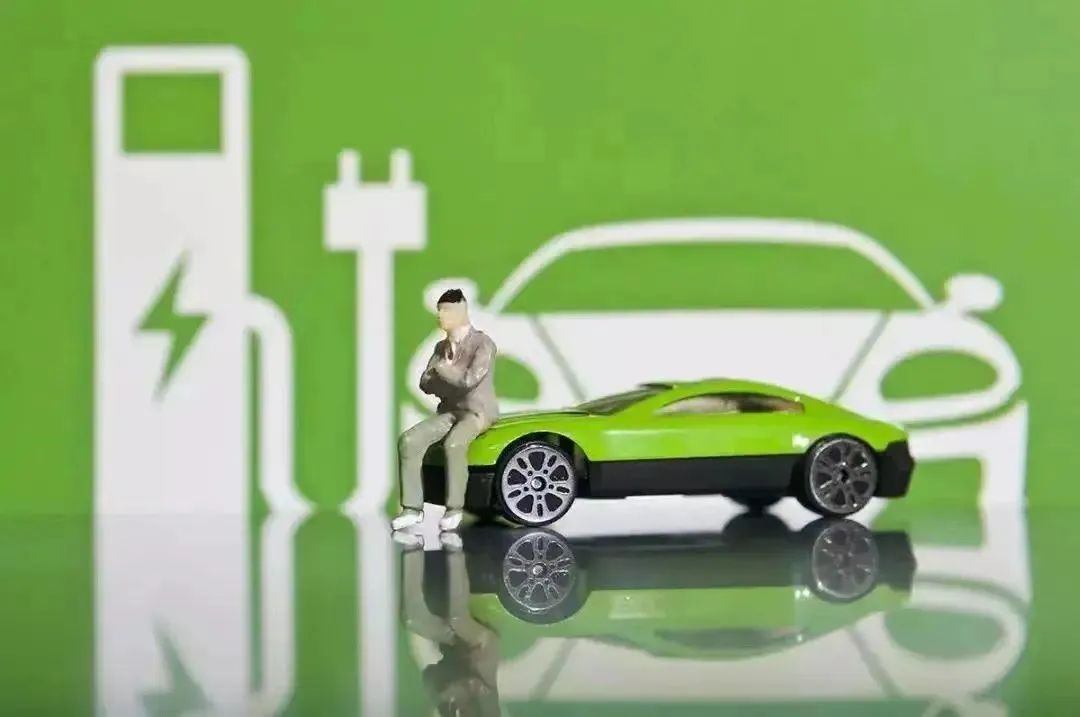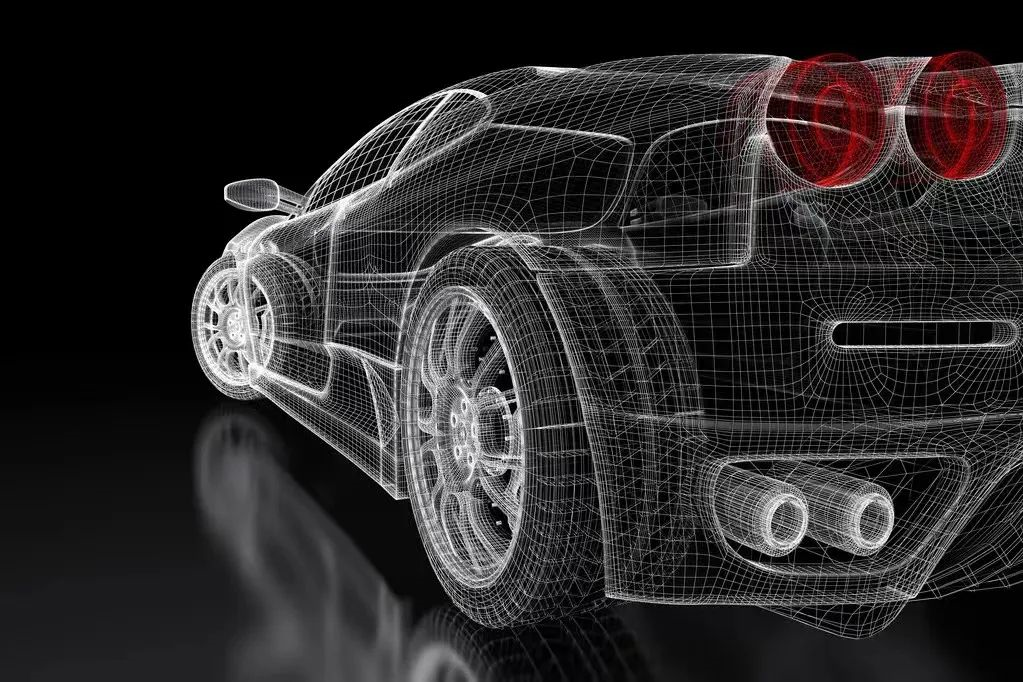The Pricing Issue of New Energy Vehicles: A Bottleneck for the Transformation of the Automotive Finance Industry
With the popularization of electric vehicles, the pricing rules of new energy vehicles have become increasingly relevant to us and are a crucial direction for the transformation of the automotive finance industry in the foreseeable future.
Recently, there has been controversy in the industry regarding the ratio of zero-repair cost to total vehicle cost for new energy vehicles. After an accident, a Polestar 2 owner was quoted 540,000 yuan for vehicle repair, while the total cost of the car didn’t exceed 300,000 yuan. Many owners questioned why the insurance prices for parts of new energy vehicles are far higher than those for whole parts of the vehicle, why their vehicle insurance prices are so high and the residual value so low, and a host of other issues.
In fact, the problems of the zero-repair cost ratio, the pricing of claims, the financing credit, and the residual value of second-hand vehicles, etc., can all be attributed to the pricing problem of new energy vehicles. Today, Old Li will delve into why the service transformation lags behind the industrial transformation, who will price new energy vehicles, and what direction the industry will take in the future.

The Service Transformation Lagging Behind the Industrial Transformation Across the Industry
In recent years, we have seen the automotive industry embarking on a transformation. According to the law of industrial economics, industrial transformation will necessarily bring about a change in derivative businesses, which, in turn, drive the transformation of social services. The new energy vehicle industry has encountered a bottleneck in the transition from industrial transformation to service transformation.
As the penetration rate of new energy vehicles continues to rise, the industrial transformation has entered a robust stage. However, the derivative business transformation surrounding new energy vehicles has just begun, and rational pricing for vehicles is an essential component of this transformation.
For consumers, a car is more of an asset than merely a means of transportation. Establishing a fair and reasonable pricing mechanism for assets not only affects the vital interests of car owners but also the development of the automotive and financial industries.
From a macro perspective, new energy vehicles will function as regulatory devices in the finance field. Three years ago, Old Li’s partner stated that the real estate industry, essentially having a financial attribute, is responsible for the economic regulation of the country. In the future, the new energy vehicle industry will play the same role, with new energy vehicles possessing financial attributes. In recent years, the industry has been promoting the fusion of new energy vehicles and energy, and new energy vehicles are expected to serve as energy terminals, playing a regulatory role in the energy industry, similar to the role of a financial regulator.
What is the most important indicator in the financial sector? It is pricing. The macroscopic financial regulator is, in essence, the pricing issue for new energy vehicles from a microscopic perspective. That is, how to evaluate the value of a new energy vehicle.
 In the pricing of traditional vehicles, the term that is often mentioned is the vehicle’s residual value.
In the pricing of traditional vehicles, the term that is often mentioned is the vehicle’s residual value.
What is the residual value of a vehicle? It refers to the ratio of the transaction price to the new car guidance price after a period of use. The residual value depends on various factors such as the vehicle’s condition, brand, and new car price. Since 2010, the pricing rules in the traditional automobile industry have become more and more clear.
Throughout the use of automobiles, vehicle pricing has a variety of applications, from business-to-business (B2B) car manufacturers, dealers, used car dealers, financial institutions, insurance companies, to consumer-to-consumer (C2C) transactions, and each party needs to determine the value of a car in their respective business and transaction scenarios. The valuation method of conventional fuel vehicles is no longer a secret, historical transaction data provides us with a large amount of reference information, forming a relatively complete valuation system.
The revolution of new energy vehicles has also promoted the change of automobile pricing system. Compared with traditional fuel vehicles, new energy vehicles have unique technological advantages in terms of vehicle condition data. The market also urgently needs the industry to make reasonable and accurate evaluation of the value of new energy vehicles. However, the reform in this field is not mature, and the problem mainly comes from two aspects:
-
The problem of industry development stage. Conventional fuel vehicles have gone through more than ten years of development and gradually formed pricing methods, but the current new energy vehicle industry is still in its infancy. With a vehicle ownership of just over 10 million units, the sample size of vehicle transaction data is small. The industry cannot follow the traditional vehicle methodology for pricing.
-
The current industry lacks performance evaluation standards and value evaluation standards for new energy. Traditional fuel vehicles have a complete evaluation system because they have complete evaluation standards. The problem with new energy vehicles is that it is difficult for people to make reasonable performance and value evaluations of high-value parts such as batteries. Without confirming the performance of the subject matter, value evaluation cannot be discussed.
In summary, the industrial revolution is progressing rapidly, and derivative business is emerging one after another, but the service revolution has not kept up.
Who will manage and price?
Recently, Li and many car companies have been discussing that value evaluation is a very important part of service revolution. For enterprises, economic value is valued, that is, to tap the economic value of the full lifecycle of new energy vehicles. For the government, social value is valued, such as the energy strategy, security strategy, etc.
Talking about the value of new energy vehicles to the government, in the past few years, there have been many safety problems in the industry, such as vehicle fire problems, leakage of geographic information, etc. From the perspective of government management, due to the large amount of data in new energy vehicles, future new energy vehicles will conduct real-time management and control like smartphones.In recent years, the government has attached great importance to the management of new energy vehicle usage. Last year, the National Development and Reform Commission released the “14th Five-Year Plan for the Development of Circular Economy”, the main content of which is to study the management of vehicle usage, such as researching and formulating a full life cycle management plan for automobile usage, building an information exchange system covering automobile production enterprises, dealers, maintenance enterprises, recycling and dismantling enterprises, and strengthening the interconnection and sharing of information such as automobile production, import, sales, registration, maintenance, second-hand car transactions, scrapping, and key component flow.
Simply put, all behaviors related to new energy vehicles have been “digitalized”, and the regulatory authority can rely on digitalization to carry out management while enterprises can rely on digitalization to carry out value mining.
Several years ago, many automakers were discussing the concept of full life cycle value management of vehicles. At that time, the proposal was that new car sales were no longer profitable, and everyone should explore opportunities to make money during the usage stage. Interestingly, shortly after this concept was proposed, the new four transformations of the automotive industry emerged, including electrification, intelligence, and connectivity, which “digitized” the car. Under such a technological foundation, automakers are better able to carry out full life cycle value management of vehicles and dig up new business opportunities at every stage.
Many friends ask whether the full life cycle value management of vehicles launched by automakers is good or bad for users. I believe that it is good because “data-ized” cars essentially improve social efficiency and redistribute the cake, allowing enterprises and users to take what they need. In the usage stage, what most people are concerned about are mainly in the following two areas:
Firstly, in the field of insurance. Since the beginning of this year, people have felt that new energy vehicle insurance is more expensive mainly because they cannot reasonably value new energy vehicles and cannot price them reasonably. In this case, insurance companies can only impose insurance on users. UBI car insurance that Tesla has been promoting for the past two years is essentially using big data from vehicles to analyze users’ driving behavior, determine the risk of each car owner, and price them reasonably. For users with lower risk, insurance premiums can be lowered, while for those with higher risk, insurance premiums can be raised, which is good for users.
The second area is in the circulation of vehicles. The typical feature here is the low residual value of new energy vehicles. After the industry and enterprises carry out reasonable management of second-hand car performance evaluation and pricing, each user’s vehicle has the opportunity to improve residual value, which is also good for users.
Looking ahead, from the current stage, the after-sales market of new energy vehicles is still characterized by disorder and small scale. The current chaos is mainly due to the lack of recognized pricing rules in the industry, with many situations similar to Xingke Auto.At present, there is a fundamental disconnect among new energy vehicle parts companies, insurance companies, automakers, and users who all want a slice of the pie in this field, resulting in the absurd occurrence that ultimately harms car owners.
What will be the ultimate fate of the new energy vehicle aftermarket in the future? Nobody can say for sure in the short term. Currently, the prevailing opinion in the industry is that automakers will play a relatively important role in the next stage. In the past, automakers had difficulty making changes during the use stage due to the large number of C-end users and a lack of effective management methods. As Mr. Li just mentioned, new energy vehicles will transmit data to the automaker backend continuously, as with smartphones. Automakers that have the original data can base pricing on different scenarios, which is an absolute advantage for them.
Currently, manufacturers are capable of handling data technology. However, the key issue is how to proceed next. Mr. Li believes that companies need to address the following two issues:
First, the company’s value assessment model needs to be recognized by major companies in the industry chain, particularly by third-party organizations. In the Chinese financial system, besides enterprise pricing, there is often a need for a third party to establish pricing. Currently, there is no relatively mature third-party in the industry.
Second, the enterprise needs a reasonable and complete data sharing and open mechanism. The pricing of new energy vehicles is based on data and experience. Data is the cornerstone. Automakers have absolute advantages in the field of data. However, so far, automakers have not established a corresponding mechanism in this area.
Although there are no mature mechanisms in the industry, more and more companies are beginning to enter this field, such as NIO, BYD, and CATL. For automakers, it is essential to maximize the value of the entire vehicle, while for battery companies, it is important to maximize the value of batteries.
Since last year, BYD has launched various types of extended warranty service products. Users can purchase extended warranty products through the BYD APP. Behind the extended warranty is the automaker’s reasonable risk control of its product performance. NIO and Zeekr Auto are also launching relevant services around vehicle pricing, such as NIO’s used car business and Zeekr Auto’s APP product residual value assessment.
Battery companies are also making progress in value assessment work. The industry consensus is that the low residual value of new energy vehicles is mainly due to low residual value of power batteries. During the transaction process of new energy vehicles, the battery has not been evaluated. Due to the uncertainty of the performance of the asset, everyone can only use a lower pricing as the baseline. Mr. Li believes that the reason why CATL is developing To C business such as battery swapping is mainly to establish an independent battery ecosystem through battery performance evaluation and pricing.
The pricing issues during the usage stage of new energy vehicles will drive a change in consumer perception from new car value for money to total life cycle value for money. This process may take three or five years, but for car companies, whoever takes the lead may gain a competitive advantage in the new stage.
This article is a translation by ChatGPT of a Chinese report from 42HOW. If you have any questions about it, please email bd@42how.com.
